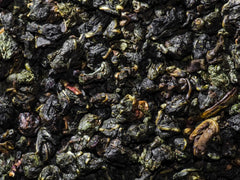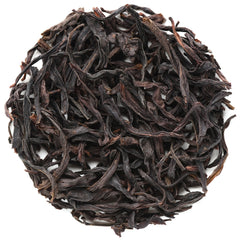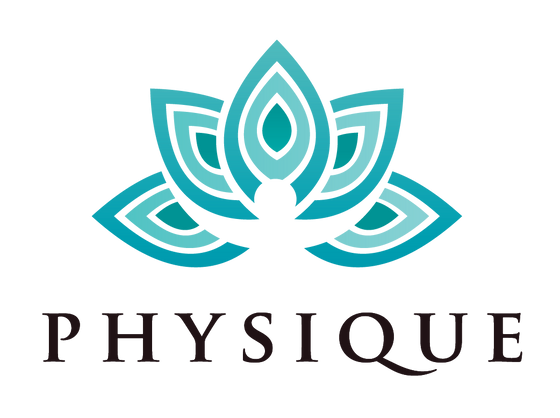Silk Oolong Tea Leaves: High-Quality Ingredients

Silk Oolong Tea Leaves: High-Quality Ingredients
One of the things that set Physique Tea apart from our competitors is our high-quality ingredients. Customers often ask what makes our blends so special. We label our tea ‘premium’ because it is just that, exceptional in quality and taste. Each of our exquisitely fine tea leaves is either hand-picked, hand-rolled from the high Ali Shan mountain or grown in fresh air plantations away from the hustle and bustle of Chinese city life.  A key ingredient to our tea recipes, silk oolong tea leaves are infused with out-of-this-world flavors. Read on to learn more about this special ingredient and why oolong is such a superior leaf.
A key ingredient to our tea recipes, silk oolong tea leaves are infused with out-of-this-world flavors. Read on to learn more about this special ingredient and why oolong is such a superior leaf.
Silk Oolong Tea Leaf Origins
The word ‘Oolong,’ stems from the Chinese phrase ‘Wu Long’ meaning ‘Black Dragon.’ So, where did oolong tea leaves originate from? The answer depends on who you ask. Both Taiwan and China claim that oolong tea leaves were first grown on their soil. Many legends are surrounding how oolong tea leaves were first discovered. Some say they were invented in the Wuyi mountains. Others say they were named after a man ‘Wu Liang.’ Then there are those who tell the tale of a man named ‘Black Dragon’ who got distracted in the woods and let his oolong tea leaves oxidize for too long. No matter what tale you believe, one sip of silk oolong leaf tea and you’ll be convinced of its exceptional quality.
Silk Oolong Tea Leaf Process
An interesting fact about tea made from silk oolong tea leaves is neither green nor black. There is over 50 types of oolong tea, so no one cup is alike.  To understand oolong tea, you really need to understand the process of oxidizing tea. Many things influence what ends up in your cup, like the climate and who cultivates it. But the actual processing makes the biggest difference.
To understand oolong tea, you really need to understand the process of oxidizing tea. Many things influence what ends up in your cup, like the climate and who cultivates it. But the actual processing makes the biggest difference.
A category in its own right, oolong tea leaves are partially oxidized during processing, allowing it to fall into the middle of the more commonly known types listed above. This in particular (the oxidation process), as well as the shape, is what separates silk oolong tea leaves from lower quality tea types.
Our oolong tea leaves are traditionally rolled and twisted into their unique shape, a method that changes not only the way the strands look but also the final flavor. Physique Tea doesn’t use machinery to complete this process, but instead, employs experts that roll the leaves by hand.
All Oolongs Aren’t Alike
Like with fine wines, the differences between the types and flavors of oolong teas vary. Oolong tea has many health benefits.
Silk Oolong
Handpicked in the Ali Shan mountains of Taiwan, silk oolong is the base of our Daily Slim. The creamy smoothness of the tea combines with a fresh, cucumber melon taste. Shape into small pearls, these soft silk oolong tea leaves have many positive properties.  They can help you lose weight, stay energized, and digest your food properly while also ridding your body of toxins.
They can help you lose weight, stay energized, and digest your food properly while also ridding your body of toxins.
Wu Yi Oolong
A second type of oolong tea leaf that Physique Tea specializes in is nicknamed the ‘Black Dragon’ because of its dark color and interesting shape. The way that this Wu Yi oolong tea leaf is hand rolled and twisted, makes it look like a dancing dragon, giving a bit of credibility to the Chinese legend. This type of oolong tea leaf comes from China, specifically the Wuyi area of Eastern China and was once picked by trained monkeys that were agile enough to scale the high cliffs to reach the leaves.  Because it gives drinkers energy and suppresses the appetite, these oolong tea leaves are the basis for our signature Coral tea.
Because it gives drinkers energy and suppresses the appetite, these oolong tea leaves are the basis for our signature Coral tea.
GABA Oolong
One final type of oolong tea leaf you should try GABA Oolong. This hybrid uses the silk oolong but it processed in such a way that deprives the leaves of oxygen and then infuses them with nitrogen. Picture oolong tea leaf experts putting the tea in a giant dryer but with nitrogen instead of oxygen. Once you brew these leaves, nitrogen is released and when ingested your body (the GABA receptors) react favorably to it. The results? A lightly flavored masterpiece that calms the nervous system, alleviates headaches and makes you more productive.
You can’t go wrong with any oolong choice, but if you have questions about oolong tea leaves and our cultivation process, reach out to me on social media.
Have a beauTEAful day,
Asti
Leave a comment
Comments will be approved before showing up.




